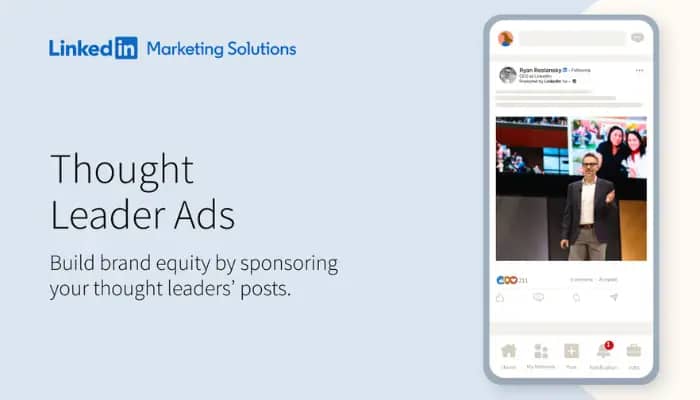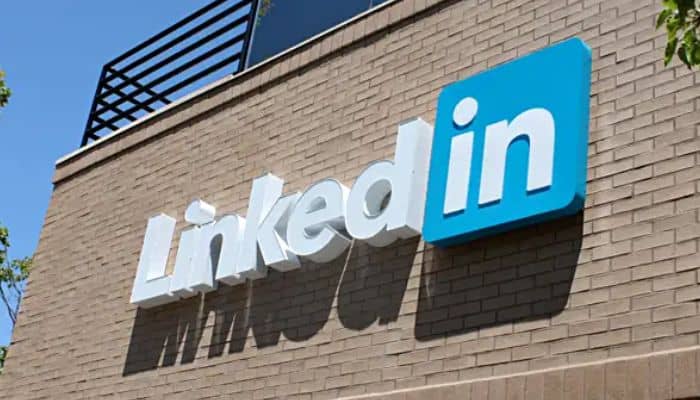Singapore – B2B campaigns that make a clear customer promise are three times more likely to boost market share and two-and-a-half times more likely to enhance brand health compared to those that don’t, according to research by WARC Advisory, The B2B Institute at LinkedIn, and strategy expert Roger Martin.
The report found that B2B campaigns with a clear customer promise are nearly three times more likely to drive market share growth than those without. These campaigns also showed higher increases in market penetration (44% vs. 36%) and revenue (30% vs. 20%).
Additionally, nearly half (47%) of the analysed B2B customer promise campaigns achieved significant improvements in key brand health metrics, including consideration, preference, purchase intent, and perceived quality. In contrast, only 19% of non-customer promise campaigns delivered similar results, making customer promises in B2B almost three times more likely to create a meaningful impact.
However, the research also revealed that less than one in five (18%) B2B campaigns made a customer promise, whether the goal was brand building or activation. This is notably lower than the 40% of B2C campaigns that included a customer promise.
This is a key area of focus, as the report suggests that making a customer promise presents a significant competitive opportunity for B2B brands. Given that B2B purchases are typically high-consideration and high-risk, often leading to long-term buyer-vendor relationships, the low adoption rate of customer promises is something worth looking into.
Moreover, customer promises in B2B offer significant benefits for scaling brands or those with limited marketing budgets. The research found that B2B customer promise campaigns are particularly effective even with lower creative commitment—such as smaller budgets, shorter campaign durations, and fewer channels—providing valuable insights for organisations with constrained resources.
Paul Stringer, managing editor for research and advisory at WARC, said, “Customer promises can make brands familiar by being memorable, valuable, and deliverable. They can cut through the noise and messiness of decision-making by offering a clear and simple articulation of the value delivered by a brand to its customers. It sounds simple, but of course, there is a huge amount of work involved in designing and projecting a clear promise to the customer. We hope that after reading this paper, more B2B marketers will see the value of going on that journey.”
Jann Martin Schwarz, founder of The B2B Institute at LinkedIn, also shared, “Brand is not just a “nice-to-have,” it is an essential full-funnel deal-closing advantage. And, while there are many definitions of ‘brand,’ making a clear promise of value to your customers is the most effective
way to build your brand. Our research conclusively finds that across every category, a customer promise is far more effective than any other kind of brand promise. Our findings reveal that B2B campaigns that make a customer promise are 3x more likely to deliver increases in market share and 2.5x more likely to deliver increases in brand health.”
Mimi Turner, head of EMEA and Latin America at the B2B Institute at LinkedIn, added, “The great problem for marketers is not that they don’t know what to do. It is that often they don’t have the money to do it. The huge advantage of putting a clear promise of value at the heart of a campaign is that marketers are virtually guaranteed to get better results without spending any extra money. Marketing is expensive. Customer promises are free.”
“The findings show that lower-budget B2B Customer Promise campaigns are 1.7x more likely to increase brand health and 2.7x more likely to increase market share than higher-budget ones. For the first time, we are able to offer an effectiveness strategy that is budget-neutral and enhances meaningful marketing metrics,” Turner explained.
Meanwhile, Roger Martin, CEO, Advisor, Strategist, and Author of Playing to Win, said, “Making a customer promise in a B2B campaign is much more important and impactful than in a B2C campaign across all important dimensions of performance. Yet the vast majority of B2B advertising campaigns are designed to be ineffective. And that creates a doom loop.”











